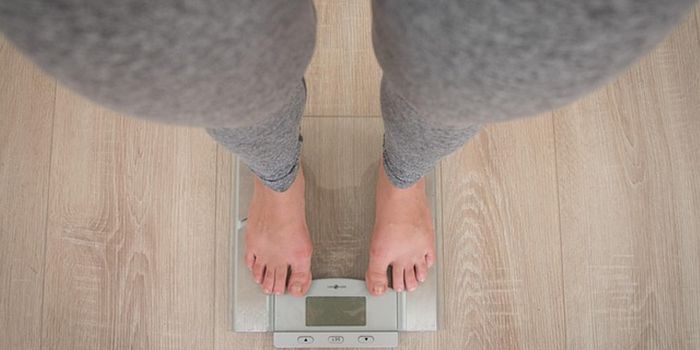How Men and Women Develop Heart Disease Differently
In the US alone, approximately 182,000 heart valve replacements are performed every year. Now, researchers from McGill University in Canada have found that the minerals that cause aortic heart valve blockages, the reason behind these transplants, are different in men and women.
Aortic valve calcification is an increasingly common health disorder. It happens when calcium deposits form on the heart’s aortic valve. There, they cause the opening of the valve to narrow, something that can severely reduce blood flow through the aortic valve. Known as stenosis, the condition has a mortality rate of 25% within a year and 50% at two years, with over 50% of deaths occurring suddenly.
For the study, researchers led by Marta Cerruti from McGill University used the Canadian Light Source (CLS) at the University of Saskatchewan to examine damaged heart valves from patents who had transplants.
“What we showed, which was a surprise to us, is that the type of minerals in the heart valves is different between the sexes,” said Cerruti. “We unexpectedly found that the minerals are different in composition and shape, and that they grow slower in women.”
The researchers also found that the mineral composition in the valves between the sexes was also different- a certain type of mineral deposit was found exclusively in women.
Cerruti says that the findings clearly show the importance of diversity when conducting research. Traditionally, this has been a blind spot. For example, only using male mice was once common and standard practice for researchers. Her findings show that physiological differences between men and women, and perhaps more demographic differences, may be key both for better understanding of how diseases develop, and how to treat them.
Now, Cerruti and her team hope to continue their research to better understand what the minerals are that build up inside the aortic valves and how to develop treatments to target them. She said that, from current findings, it may be easier to target and treat the minerals that form in women’s aortic valves than those found in men’s.
Sources: Mayo Clinic, McGill University, ScienceDirect









